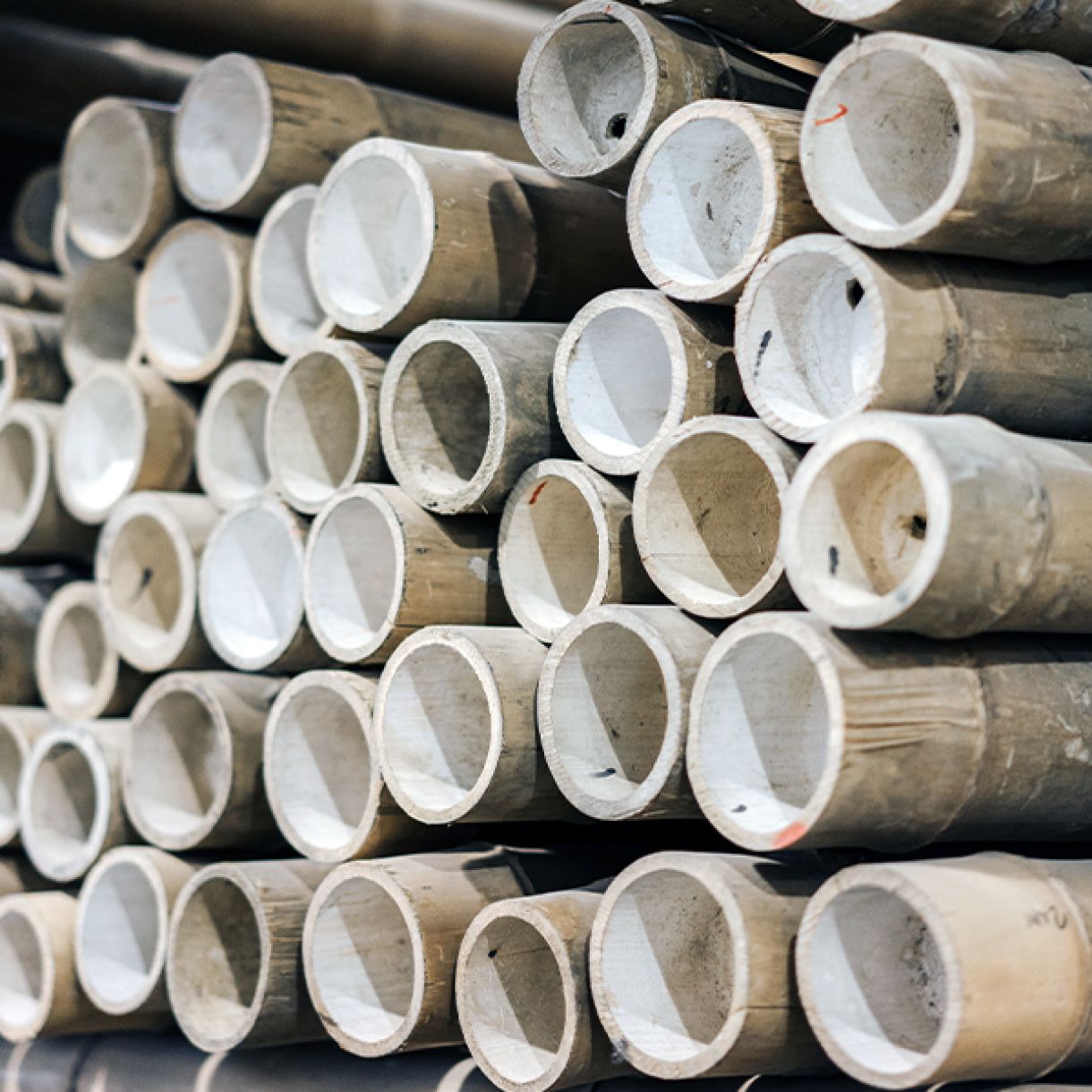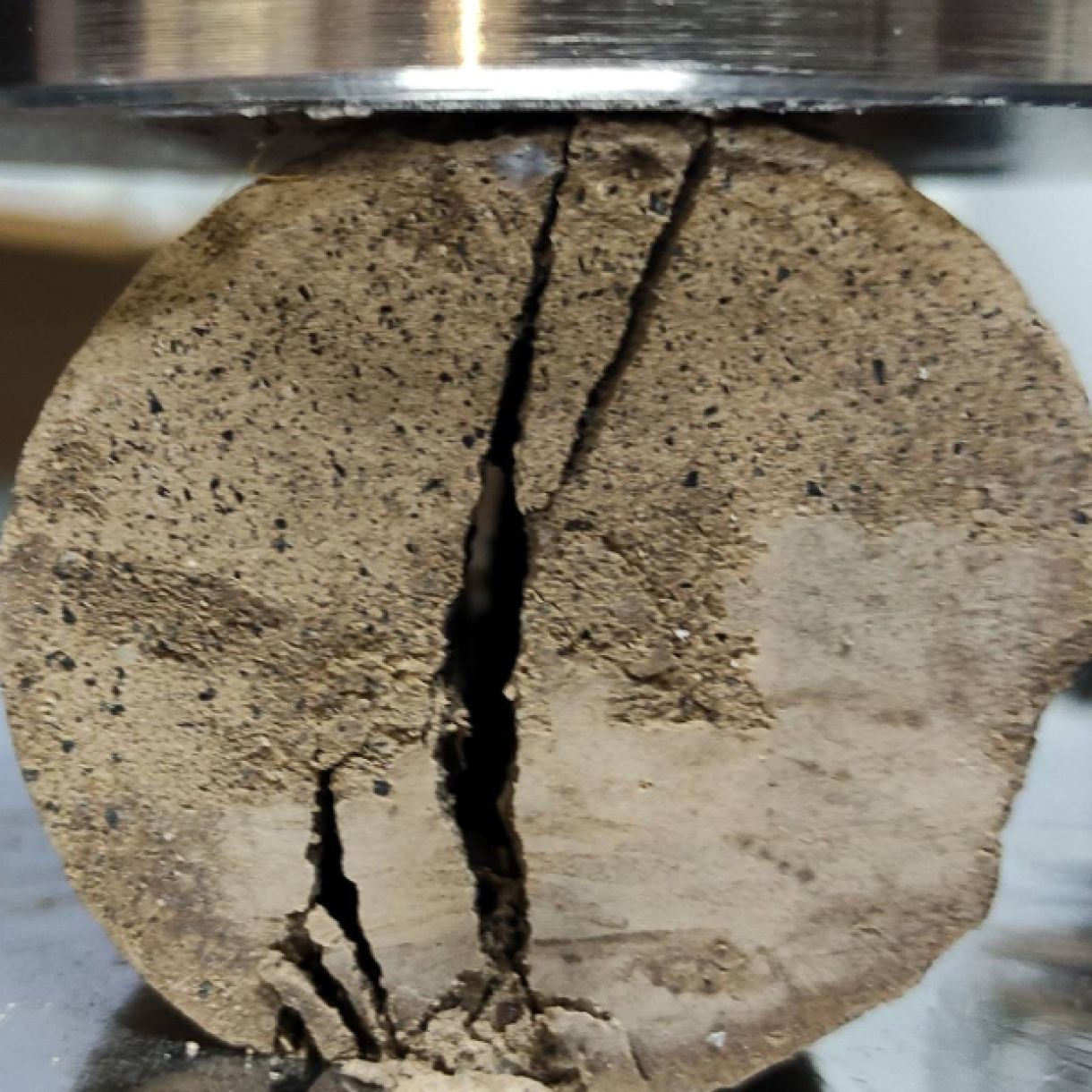Mechanical Characterization of Bamboo Pole for Building Engineering: A Review
Authors
N. A. Bahrin
M. K. Kamarudin
H. Mansor
Y. Sahol-Hamid
Z. Ahmad,
L. F. Lopez
Abstract
Bamboo is a sustainable and cost-effective alternative to traditional construction materials. Despite the fact that three species are well known for structural applications, namely Dendrocalamus asper, Gigantochloa scortechinii, and Gigantochloa levis, the scientific data for their mechanical characterization is scarcely available and widely dispersed. In addition, a systematic literature review appraising the study advancement of mechanical characterization of bamboo had been unavailable. This paper bridges this gap by conducting a systematic literature review (SLR) of the available literature of mechanical characterization of bamboo pole. A total of 54 relevant articles were retrieved from Scopus and snowballing and then put forward through bibliometric analysis using VOSviewer. The results showed that the distribution of data for physical and mechanical characterization of the aforementioned species was scattered due to the different location (origin), age, and initial moisture content recorded during empirical work among the researchers. This review’s importance and distinctiveness lie in its synthesis of the existing literature on bamboo mechanical characterization. The findings provide a point of reference for both academia and industry by bridging the scarcity of current bamboo engineering data and outlining future possibilities for bamboo research in the building and construction domain.

